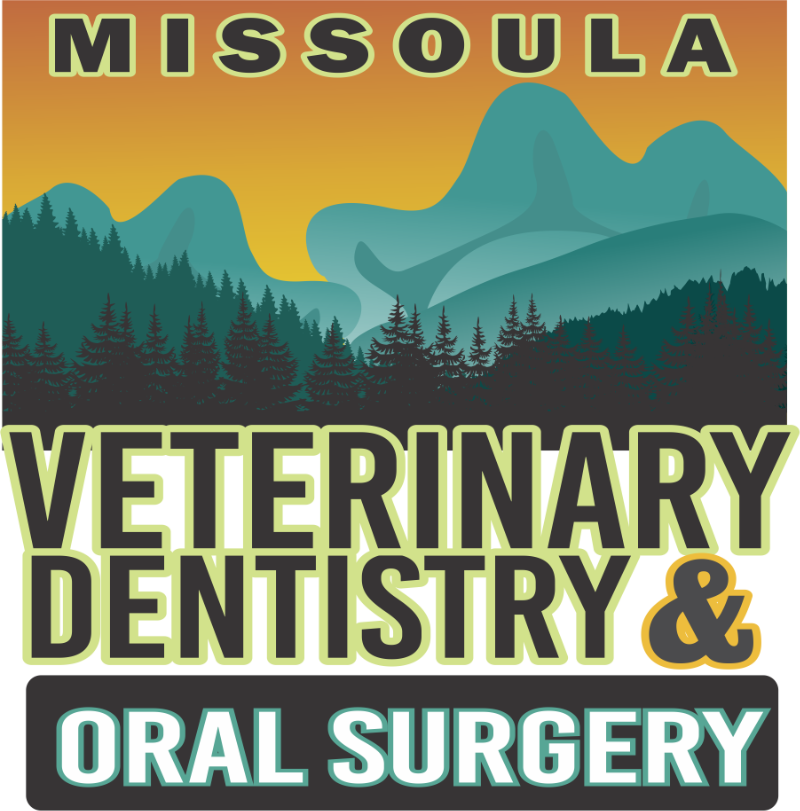
22 Dec The Speed of Periodontal Disease Progression in Dogs
As responsible caregivers to our canine friends, we’re committed to ensuring the best possible health and happiness for our four-legged family members. Today, we’re delving into a crucial topic that every dog owner should be aware of: the speed of periodontal disease progression in dogs.
What is Periodontal Disease?
Periodontal disease is a dental condition that, much like a stealthy burglar, can creep into your dog’s life unnoticed. It’s more than just stinky breath; it’s a silent adversary that affects the gums, teeth, and overall well-being of our dogs. However, it often progresses quietly, with no overt symptoms until it reaches an advanced stage.
So, the burning question is: how quickly does periodontal disease progress in dogs? To understand this, we need to explore the stages and factors that influence the speed of progression.
The Four Stages of Periodontal Disease
- Stage 1: Gingivitis: In the early stages, this disease is still reversible. You might notice redness, inflammation, and bleeding in your dog’s gums. Thankfully, this is when early intervention can make a significant difference.
- Stage 2: Early Periodontitis: Without proper care, gingivitis can advance into early periodontitis. The gums recede, and your dog may begin to lose some of the supporting bone structure. At this point, the disease becomes less reversible, and dental issues become more serious.
- Stage 3: Moderate Periodontitis: In this stage, the damage is more severe. The gums continue to recede, forming pockets between the teeth and gums. Your dog might experience pain, difficulties eating, and tooth mobility.
- Stage 4: Advanced Periodontitis: At this advanced stage, the damage is extensive, and tooth loss becomes common. Your dog may be in significant discomfort, and the risk of systemic health problems increases.
The Speed of Progression
The speed at which periodontal disease progresses in dogs can vary significantly from one individual to another. Numerous factors influence the rate of progression, including:
Breed: Just as some humans are more prone to dental problems, certain dog breeds may have a genetic predisposition to periodontal disease. If your dog’s breed is known for dental issues, it’s wise to be extra vigilant.
Diet: Nutrition plays a pivotal role in dental health. A diet rich in dental-friendly nutrients can slow down the progression of periodontal disease. Conversely, a diet high in carbohydrates can contribute to the formation of plaque and tartar.
Oral Care: Routine dental care, such as brushing your dog’s teeth and providing dental chews or toys, can significantly slow the progression of periodontal disease. Regular at-home care is a potent tool for prevention.
Age: Similar to many health issues, the risk of periodontal disease tends to increase with age. Older dogs may be more susceptible and may experience a faster progression of the disease.
Behavior: Some dogs are more prone to developing plaque and tartar due to their behavior. For example, if your dog doesn’t chew on hard toys or bones, their natural cleaning mechanism for teeth is compromised.
The key takeaway here is that regardless of how quickly periodontal disease progresses in your dog, early detection and intervention are vital for safeguarding their dental health. The silent progression of this condition underscores the importance of regular dental check-ups with a veterinary dentist.
Why Veterinary Expertise Matters
As loving dog parents, we’re ready to do everything in our power to ensure the well-being of our canine companions. However, periodontal disease is a multifaceted issue that often requires professional care. Here’s why consulting a board certified veterinary dentist™ is so valuable:
Early Detection: Even before symptoms become apparent, a veterinary dentist can identify the early signs of periodontal disease, enabling prompt intervention.
Tailored Treatment: Every dog is unique, and their dental care needs may vary. A specialist in advanced veterinary dentistry can provide a customized treatment plan to address your dog’s specific requirements.
Dental Procedures: When necessary, a veterinary dentist can perform periodontal treatments, extractions, or other procedures under anesthesia to ensure your dog’s comfort and safety.
Prevention and Education: Veterinary dentists can educate you on effective home dental care practices, helping you prevent the disease’s progression.
Vet Dentist in Missoula
In conclusion, periodontal disease is a stealthy adversary that can progress at different speeds in our dogs. Your vigilance and regular dental check-ups by a veterinary specialist are your strongest weapons in the fight against this hidden disease. By acting early and seeking professional care, you can ensure your dog enjoys a lifetime of good oral health and a comfortable, pain-free existence.
If you have any concerns about your dog’s dental health or wish to schedule a dental examination with our expert team, please don’t hesitate to contact us. We’re here to protect your dog’s health and well-being.
Photo by Leeloo Thefirst from Pexels



